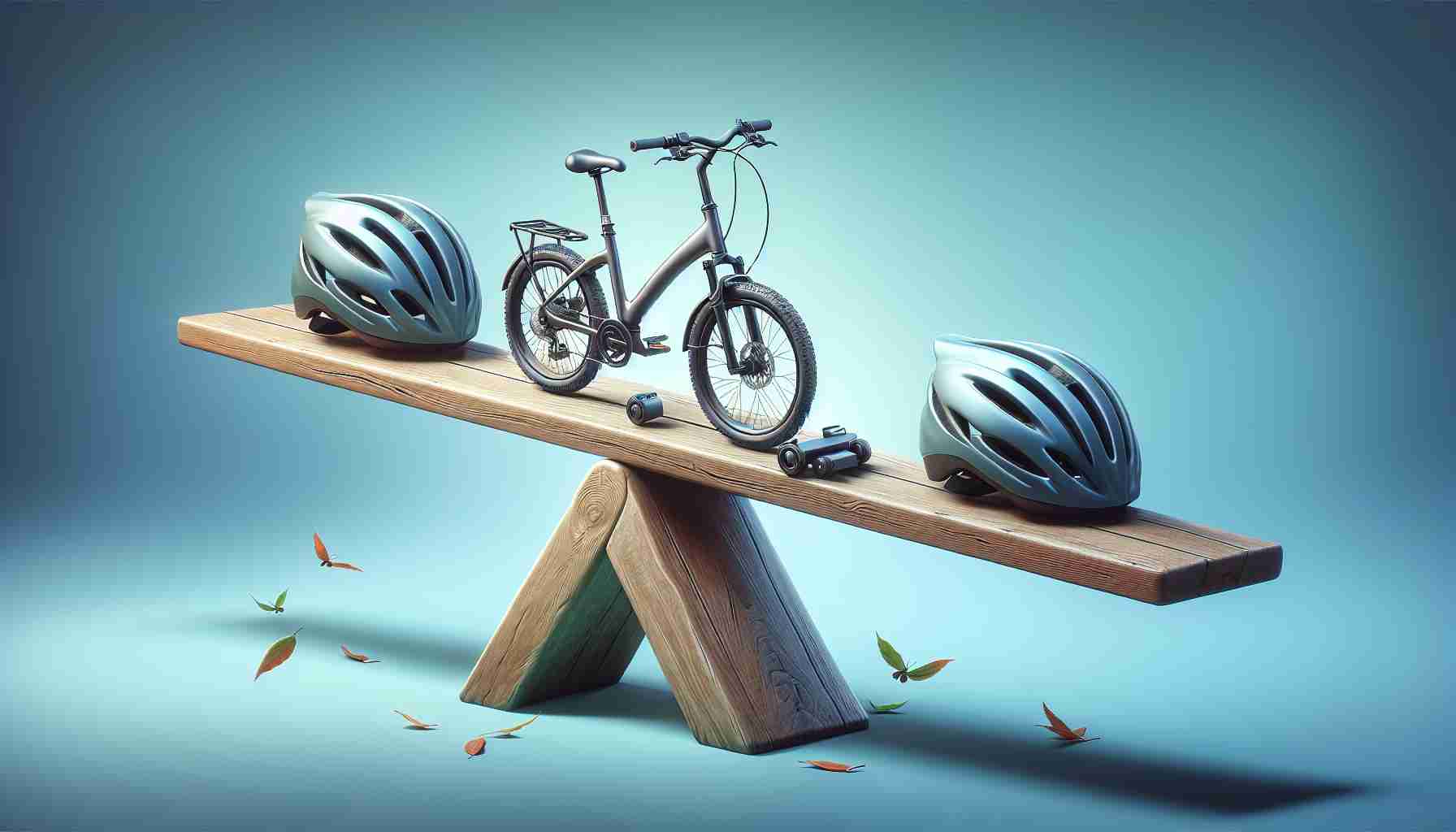As e-bikes become increasingly prevalent on urban streets, the challenge of ensuring safety for all road users grows more urgent. The surge in e-bike popularity, fueled by services like Citi Bike and the rise of delivery services, highlights the need for a balanced approach to micromobility. However, the rapid integration of e-bikes into city infrastructure has often been chaotic and lacking sufficient safety measures.
Cities are grappling with the implications of e-bikes, particularly regarding battery safety and the impact on pedestrians. Concerns about the coexistence of traditional road users and high-speed e-bike riders in bike lanes are prompting some to call for stringent regulations on e-bike usage. While safety is paramount, overly restrictive policies may discourage the use of e-bikes altogether.
To address these concerns, a series of design improvements can enhance safety for all users. Implementing dedicated, well-protected bike lanes and ensuring that these lanes remain free of obstructions will create a safer environment. Further, strategies like “daylighting” intersections, which involves removing parking near corners to improve visibility, can significantly reduce the risk of accidents.
Adding secured bike parking and implementing battery swap stations will provide e-bike users with practical facilities, lessening their need to navigate pedestrian areas. Finally, fostering open dialogue about e-bike regulations will enable stakeholders to find solutions that maintain safety while promoting the adoption of e-bikes, ultimately benefiting urban mobility.
Enhancing Urban Mobility: Tips and Life Hacks for E-Bike Users
As e-bikes continue to transform urban landscapes, it’s essential not only to understand the challenges they present but also to elevate your riding experience. Here, we offer tips, life hacks, and interesting facts about e-bikes, ensuring that your journey is safe, enjoyable, and efficient.
1. Always Wear a Helmet
Safety first! Regardless of your speed or experience, wearing a helmet is crucial. It significantly reduces the risk of head injuries in case of accidents. Investing in a high-quality helmet that fits well can save your life.
2. Know Your Local Regulations
Laws governing e-bike use can vary widely from city to city. Familiarize yourself with local traffic laws and regulations about e-bike operation. Understanding where you are allowed to ride, the necessary speed limits, and whether you need to be licensed can help you avoid fines and ensure safer riding.
3. Choose the Right Route
Take advantage of bike lanes and less congested roads. Planning your route in advance can help you avoid busy intersections and high-traffic areas. Apps like Google Maps or dedicated cycling apps often provide bike-friendly routes.
4. Maintain Your E-Bike
Regular maintenance of your e-bike is crucial for safety. Check the brakes, tires, and battery regularly to prevent breakdowns. A well-maintained e-bike is also more energy-efficient and offers a better riding experience.
5. Utilize Battery Saving Modes
Many e-bikes come with different modes to conserve battery life. Familiarize yourself with these settings. Using lower power modes during flat terrain can extend your range, which is especially handy during long rides.
6. Stay Visible
Visibility is vital for safety. Use front and rear lights and wear reflective gear, especially if you ride during dusk or dawn. Investing in a good quality bike horn can also alert pedestrians and other cyclists of your presence.
7. Practice Awareness and Predictability
Always be aware of your surroundings, looking out for pedestrians, other cyclists, and motor vehicles. Signal your turns and stops clearly to communicate your intentions to others. Keeping a predictable riding style will make you a safer cyclist.
8. Join E-Bike Communities
Connecting with other e-bike enthusiasts can provide valuable insights, tips, and support. Consider joining local e-bike clubs or online forums where you can share experiences and gain knowledge about the best practices for riding safely.
Interesting Fact: E-Bikes and Urban Mobility
Did you know that e-bikes can help reduce urban congestion? Studies show that for short to medium distances, e-bikes are more efficient and sustainable than traditional vehicles. With fewer cars on the road, cities can benefit from reduced emissions and improved air quality.
To learn more about e-bike innovation and regulations, visit NACTO.
By implementing these tips and life hacks, you can enjoy the benefits of e-biking while contributing to a safer urban environment. Ride smart, stay safe, and have fun exploring your city on two wheels!







